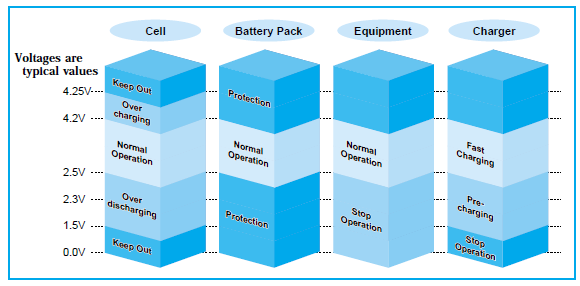I recall that there was some evidence or theory that it was harmful to the battery to run so low. I thought being in the single digits was worse for the battery than being in the 90s. But afraid I can't recall the source of this.
I go by what Jeff Dahn said who is working closely with Tesla on battery technology.
I quote him
"- Discharging to 5% state of charge (95% discharge) doesn't harm the battery either. Discharging all the way, which could be damaging, is actually prevented by the Tesla pack control electronics."
Here is the source:
Charging for optimum battery life | Tesla
So yes, it is perfectly fine to discharge your car to near zero in terms of battery health. I would highly recommend not aiming for lower than 10% for many reasons. But when it comes strictly to battery health and longevity, it is perfectly fine to go low.



